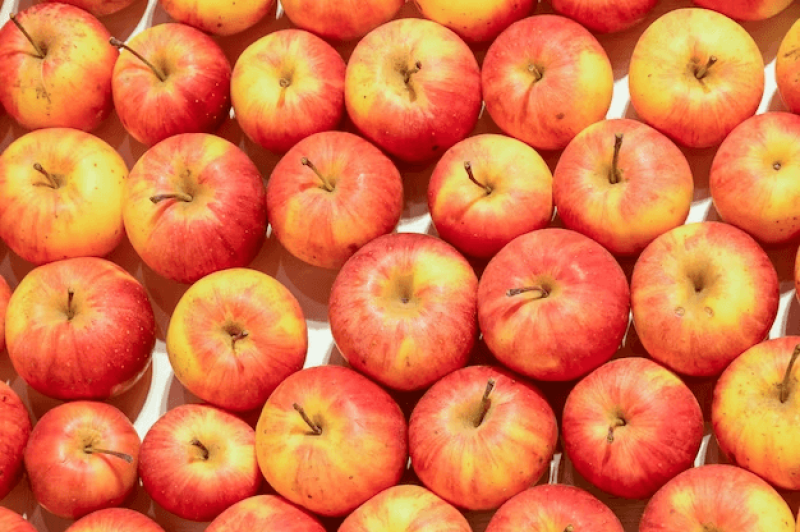We often talk about how government data shows over 99.8% of foods sampled are well below Environmental Protection Agency (EPA) safety standards, commonly referred to as “tolerances.” But how are those safety standards or tolerances developed and established so they are protective of consumers, including infants and children?
Before allowing the use of a pesticide on food crops [the EPA evaluates:]
- The aggregate exposure from the pesticide through diet and drinking water and from pesticides used in and around the home.
- The cumulative effects from exposure to pesticides that have a common mechanism of toxicity (that is, two or more pesticide chemicals or other substances that cause a common toxic effect(s).
- Whether there is increased susceptibility to infants and children or other sensitive subpopulations, from exposure to the pesticide.
- Whether the pesticide produces an effect in people similar to an effect produced by a naturally occurring estrogen or produces other endocrine disruption-effects.
…
EPA is confident that the fruits and vegetables our children are eating are safer than ever…
It is important to note though, that just because a pesticide residue is detected on a fruit or vegetable, that does not mean it is unsafe. USDA’s Pesticide Data Program (PDP) detects residues at levels far lower than those that are considered health risks.































